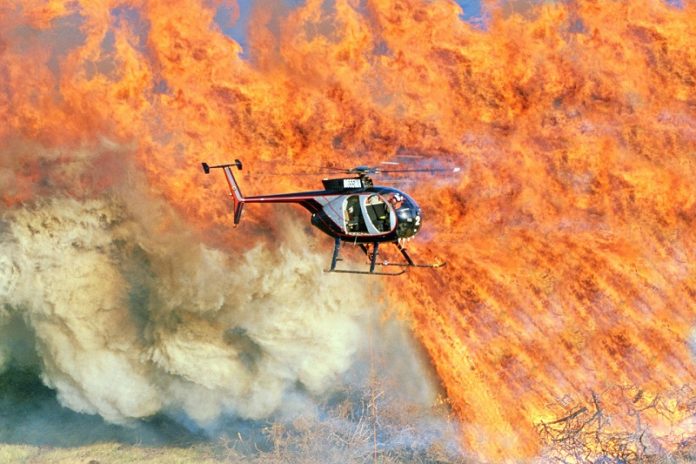
One year ago, devastating fires swept through the Hawaiian island of Maui, killing 102 people, destroying over 2,200 buildings, and displacing 5,000 residents in the historic town of Lahaina.
Now, as signs of rebuilding begin to appear, a team of researchers is stepping in to help ensure that the new homes are more resilient to future disasters.
The U.S. Army Corps of Engineers has already cleared the land where homes once stood, and temporary housing from FEMA is set to be available in October.
However, the big question remains: how can Lahaina residents rebuild in a way that protects them from future fires or other natural disasters?
Susan Ostermann, an assistant professor of global affairs at the University of Notre Dame, is part of a research team working to answer this question.
With support from the National Science Foundation, Ostermann and her colleagues, including Abbie Liel, a professor of engineering at the University of Colorado Boulder, are investigating how to build homes that are more resistant to natural disasters.
In June, the team conducted extensive fieldwork in Maui, interviewing over 50 homeowners, builders, and government officials.
They wanted to understand how the fires changed people’s views on housing and government regulations. Ostermann believes that such a significant event can often shift people’s opinions on how homes should be built and protected.
“Few things are more important to people than their homes,” said Ostermann. “By improving how we build houses to withstand hazards, we can better protect both homes and lives.”
After gathering and analyzing the data from these interviews, the researchers plan to create practical solutions. These might include information sheets for homeowners and builders on how to make houses more resilient.
The findings will also be used to develop evidence-based recommendations to help the people of Maui rebuild safely.
Liel, who specializes in building materials and how climate affects them, provides expertise in the technical aspects of construction. Meanwhile, Ostermann, with her background in political science and law, focuses on how to encourage communities to follow safety regulations without feeling forced by the government. She believes that by connecting people’s self-interest with the right information, it’s possible to build safer homes without needing more regulations.
One of the people interviewed by the team was a real estate agent from Lahaina who lost her home in the fires. She and her family are now living in a nearby town and are working with an architect to rebuild their home. This time, they are consulting California building codes, which are designed to protect against fire damage. They are also taking steps to make their new neighborhood a Firewise community, which means following specific practices to reduce the risk of fire.
Another participant in the study, a carpenter from Maui, lost his home and now lives in FEMA-funded housing with his family. While the fires haven’t changed his views on building materials, they have inspired him to become more politically active, especially in decisions related to housing.
“Disasters like this can make people realize how important building codes and regulations are,” said Ostermann. “These rules can be the difference between life and death, or between having a home and losing it.”
The Maui study is part of a larger project on housing resilience that also includes research in Alaska and Puerto Rico, areas that have faced their own natural disasters. When the fires happened in Maui, the National Science Foundation provided an emergency grant to allow Ostermann and Liel to extend their research to the island.
Despite the challenges, Ostermann and Liel are optimistic about the future. They believe that the resilience and community spirit they’ve witnessed in Lahaina will lead to a stronger and safer town.
“Housing is important, but it’s the community that truly makes a place resilient,” said Ostermann. “In Lahaina, I saw a community that’s willing to learn and adapt. That’s what will help them rebuild better and stronger.”
Source: University of Notre Dame.



